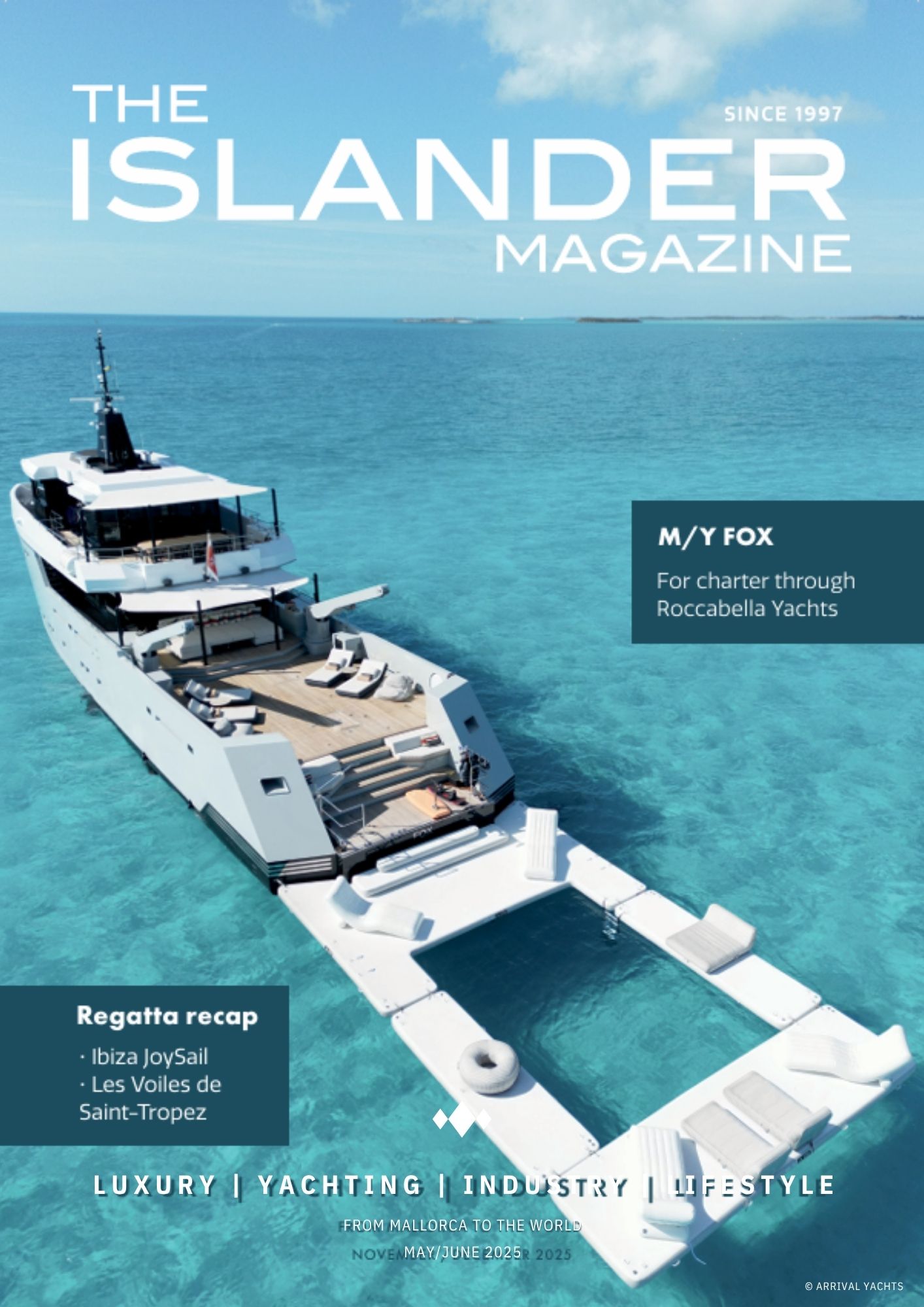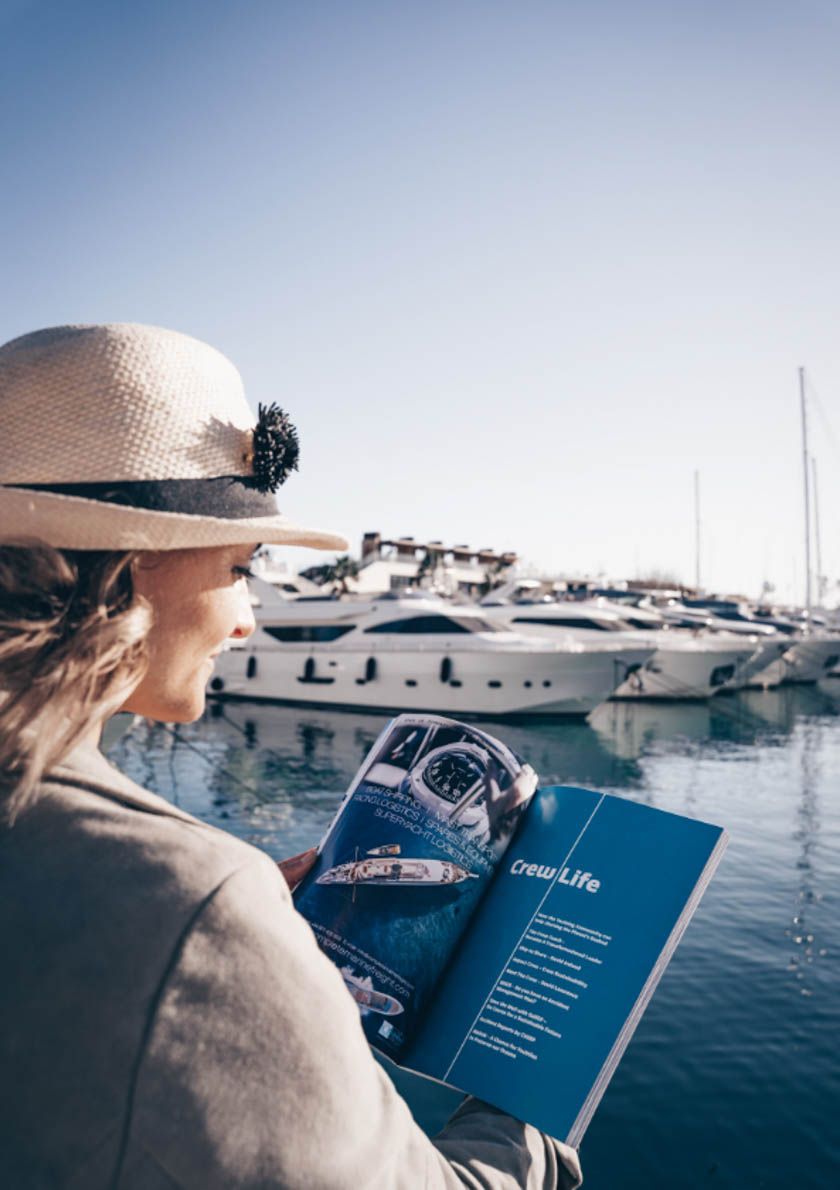Tim Schommer advises on all matters relating to shipping, aviation and trade law, contentious and non-contentious. He has significant experience of commercial litigation and arbitration, and represents for more than 15 years clients in relation to all aspects of the yachting industry
Recently, stricter requirements for non-EU crew members have come into force in Palma de Mallorca. As of 1 January 2024, crew members have to present a Seaman’s Book in order to prove their seafarer status to Mallorcan authorities. Previously, other documents such as an employment contract, were sufficient in order to prove a crew member’s seafarer status to Mallorcan authorities.
The change affects non-EU crew members arriving in the region in order to embark on their designated yachts as well as non-EU crew members who disembark and enter Spanish territory. The Seaman’s Book is now required in Mallorca in order to be “stamped in” and “stamped out” of the EU. Being “stamped in” or “stamped out” is relevant for the 90-day period, the maximum period a non-EU national can usually stay or travel within the EU.
This restriction comes into force, in line with the tightening of security measures regarding border control in the EU.
What are the general rules applicable to non-EU crew members working on Yachts within the EU when it comes to visas?
Certain non-EU nationals must be in possession of a visa when crossing external borders of the EU. Some non-EU nationals can rely on exemptions, for instance citizens of the United Arab Emirates.
The most commonly used visa with regard to the EU is the so-called multi-entry “Schengen-Visa” allowing the individual to stay or travel within the Schengen area for up to a maximum of 90 days within a 180-day period.
Non-EU crew members can be “stamped out” of the EU when boarding their designated yachts. The effect is that the 90-day stops running, until they are “stamped back in”.
Crew members have to meet various requirements in order to obtain the “Schengen-Visa”. For instance, the applicant must be in a position to finance his/her living and travel costs and be prepared to leave the Schengen area before the visa expires. Applicants must also provide documentary evidence of travel health insurance.
Seaman’s Book
The Seaman’s Book does not serve as official identification document – it can therefore not be used to travel – but documents the career certification and experience of a crew member. It not only shows time of commencement and termination of service on board, but also serves as proof with regard to the validation/extension of certificates of competency and proficiency. The specific formats may vary – under German law for instance professional sea service and the actual time spent on a board are proven by the so-called Seafarer’s Card as well as Records of Employment.
Outlook
The stricter requirements for Non-EU crew in Mallorca are only one example of more restrictive border controls. It remains to be seen whether further administrations will follow Palma’s example. In any event on a broader level, the European Union also has announced the launch of two new border management initiatives which will affect visa-free and visa-required travellers in the future. The European Travel Information and Authorisation System (ETIAS) as well as the Entry/Exit System (EES) are expected to become operational in 2025 and will further shape the way individuals such as crew are able to travel to and within Europe.
























0 Comments